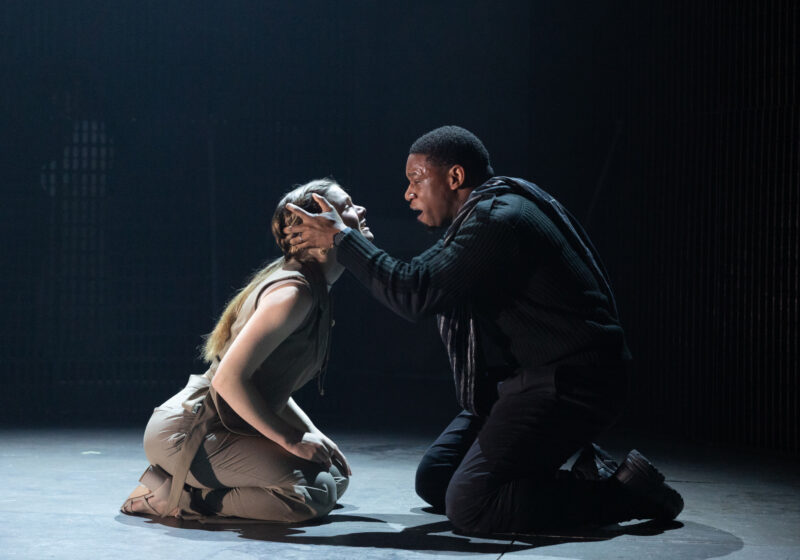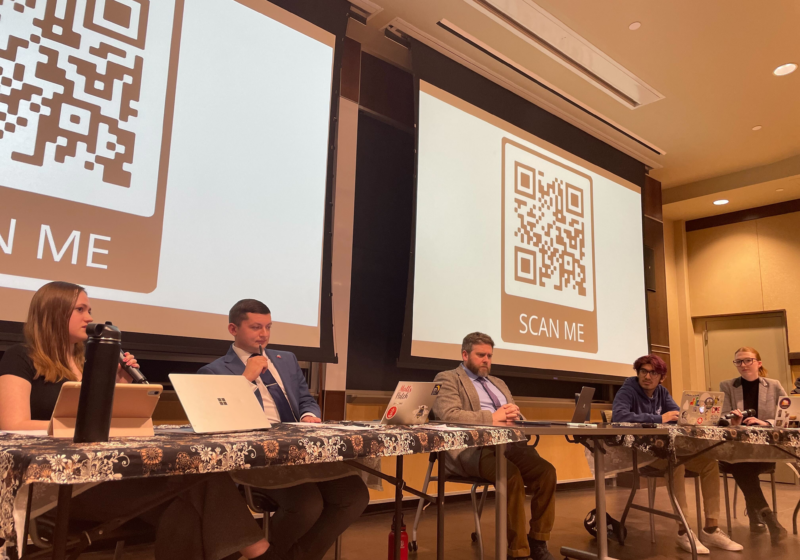Before college, one of my favorite things about school was art class. Unlike the social studies lectures, writing exercises, and math quizzes that filled the majority of my schedule, art class was a chance to relax and revel in a completely different kind of learning. It was creative, it was hands-on, and at the end of class we always had something tangible to show for our efforts.
For years, art class was the part of the day I looked forward to most. But all that changed when I got to college. As an Anthropology and English double major, my first two years at UR included many interesting and engaging courses, but not art. I wrote dozens of papers and journal responses, took exams and quizzes, and I even had my fair share of group projects, but never did I turn in a sculpture or a painting. I wrote papers about art—analyzed dance, film, photography—but never once did I produce any works of my own. Then one day I decided it was time for a change. So I did something I wasn’t sure I’d ever get around to doing and signed up for a studio arts class—Introductory Photography.
It’s been delightful. Once again I have something fun and creative to look forward to each week. I’m getting to work with my hands, use the right side of my brain, and develop an entirely new skill set. It’s given me an excuse to take long walks outside and, best of all, I’m creating work that won’t just sit in a file on my computer or be recycled at the end of the term.
With all these wonderful perks, I began to wonder—why aren’t more students outside the studio arts department taking these classes? UR offers a range of excellent art courses, and Sage Art Center is a well-equipped professional facility that houses everything from a woodshop with power saws to the dark room where photography students can manually develop film. It’s an incredible resource, but unfortunately only a handful of non-studio arts majors are taking advantage of it.
This isn’t due to a lack of interest, however. Plenty of students from all majors fantasize about someday getting to incorporate an art class into their schedules. But for two major reasons, very few of them actually do.
On one level, it’s a matter of priorities. Despite the fact that we go to a school with an “open curriculum,” designed to free us from the restraints of gen-ed requirements, very few of us are filling our schedules with interesting mixes of unrelated courses. Instead, we major and minor in two or three subjects, our schedules fill up with required courses, and we often never get around to taking “random” classes just for fun. We’ve gotten into the habit of thinking that if a course doesn’t count towards something, it probably isn’t worth it.
This is highly problematic. By spending our entire college careers only focusing on a couple—often related—subjects, we miss out on a whole bunch of unique learning opportunities that we will never get again.
This is particularly pronounced when it comes to art courses. Most of us will never again live within five minutes of a fully functioning studio stocked with rentable equipment and professional instruction at our disposal. Never again will we have the chance to discover and hone a new art form alongside a small, motivated group of our peers. Perhaps most importantly, never again will we have the chance to make our college experience something that challenges us on all fronts and helps us to grow holistically as individuals.
Studio art (in addition to dance, music, and theater) should be something that those of us in unrelated fields should feel comfortable studying at any point in our academic careers. Art is not a waste of time—it’s extremely important to human society and can do wonders for our personal sanity.
But unfortunately, getting students to realize this isn’t a complete solution. The problem remains that studio arts classes are relatively few in number and small in size. They fill up fast, waitlists are always exceptionally lengthy, and studio arts majors get priority (as they should). The truth is, there are not enough faculty and resources to meet the need for art on our campus. While we like to think that we get to study “whatever we want” at UR, that’s really not the case when it’s nearly impossible to get into certain courses.
I understand that the Sage darkroom can only support so many students a semester and that expanding it would be extremely expensive. On the other hand, it’s hard for me to believe that it would be beyond UR’s means to convert another space on campus into something that could accommodate additional drawing and painting classes. If the University is going to tell us to pursue all our passions, they need to make doing so reasonably possible.
Ultimately, both us as students and the University as an educational institution need to consider whether we think studying art is a worthwhile endeavor. If we do, then we need to begin working together to ensure that at our school of arts, sciences, and engineering, art is given the prominent position and support it deserves .





